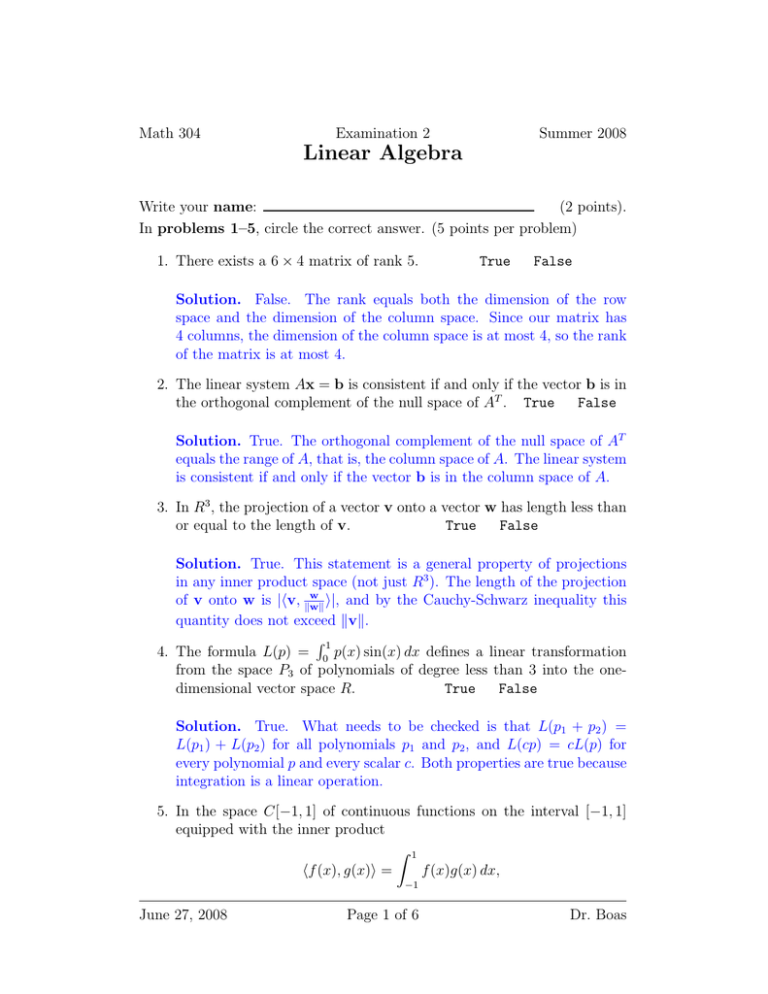

While the spectrum is always non-empty, we can have elements with empty point spectrum. The residual spectrum: this consists of $\lambda\in \sigma(T)$ such that $T-\lambda I$ is one-to-one, and such that $T-\lambda I$ is not dense in $X$. The continuous spectrum: this consists of $\lambda\in \sigma(T)$ such that $T-\lambda I$ is one-to-one, and the range of $T-\lambda I$ is dense in $X$, but it is not equal to $X$. In this case, $\lambda$ is called an eigenvalue of $T$.

The point spectrum: this consists of $\lambda\in\sigma(T)$ so that $T-\lambda I$ is not injective. The spectrum $\sigma(T)$ can be decomposed into three pieces: Let $T:X\rightarrow X$ be a bounded operator on a Banach space. I'm going to specify how they're related.Īs mentioned by we can have elements of the spectrum which are not eigenvalues.

I'd like to add something further in the infinite-dimensional case than the other responses, which I think is important if we're going to talk about eigenvalues vs. If we consider a Hilbert space $\newcommand$). The other answers adequately address the finite-dimensional case.


 0 kommentar(er)
0 kommentar(er)
